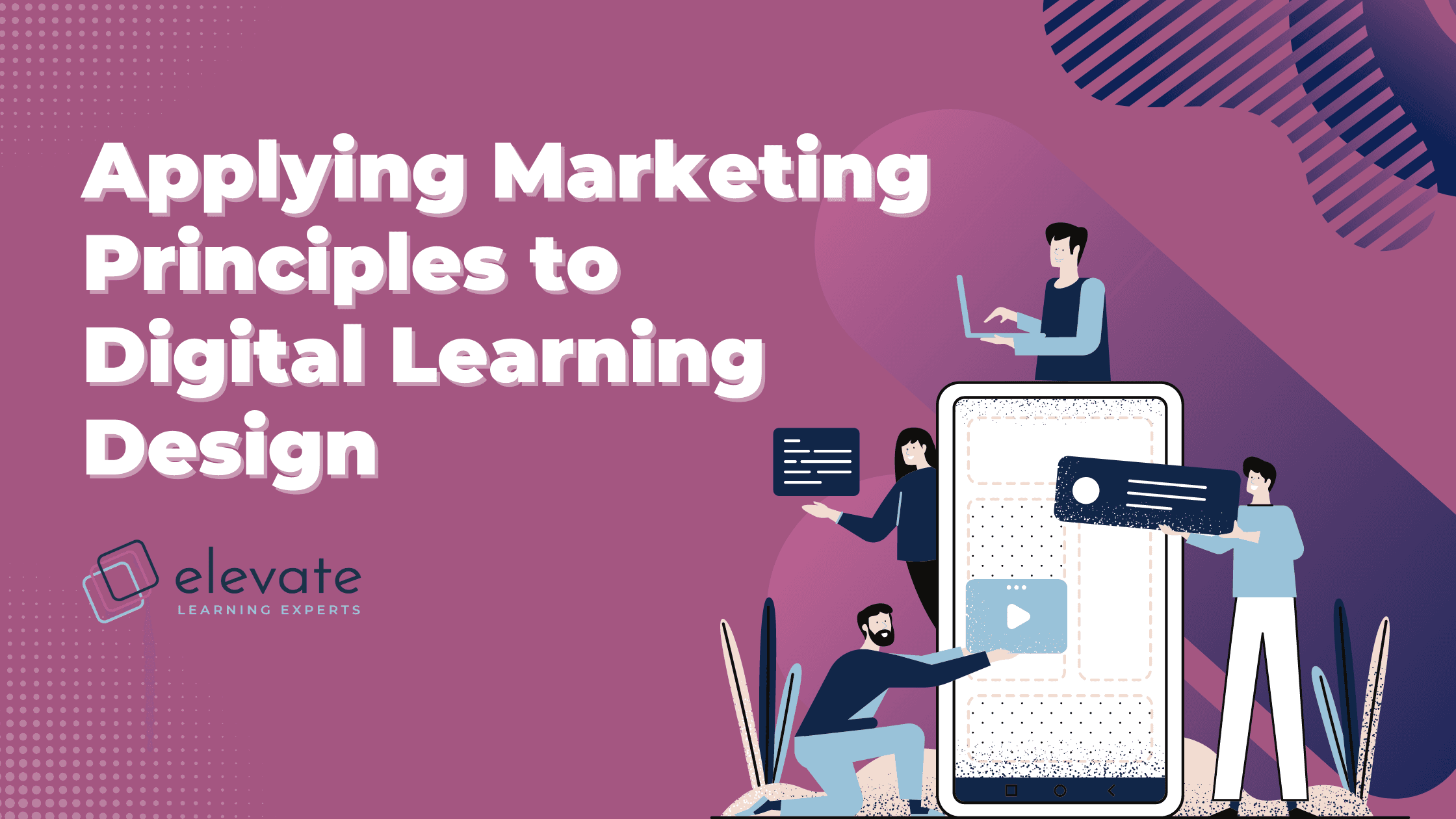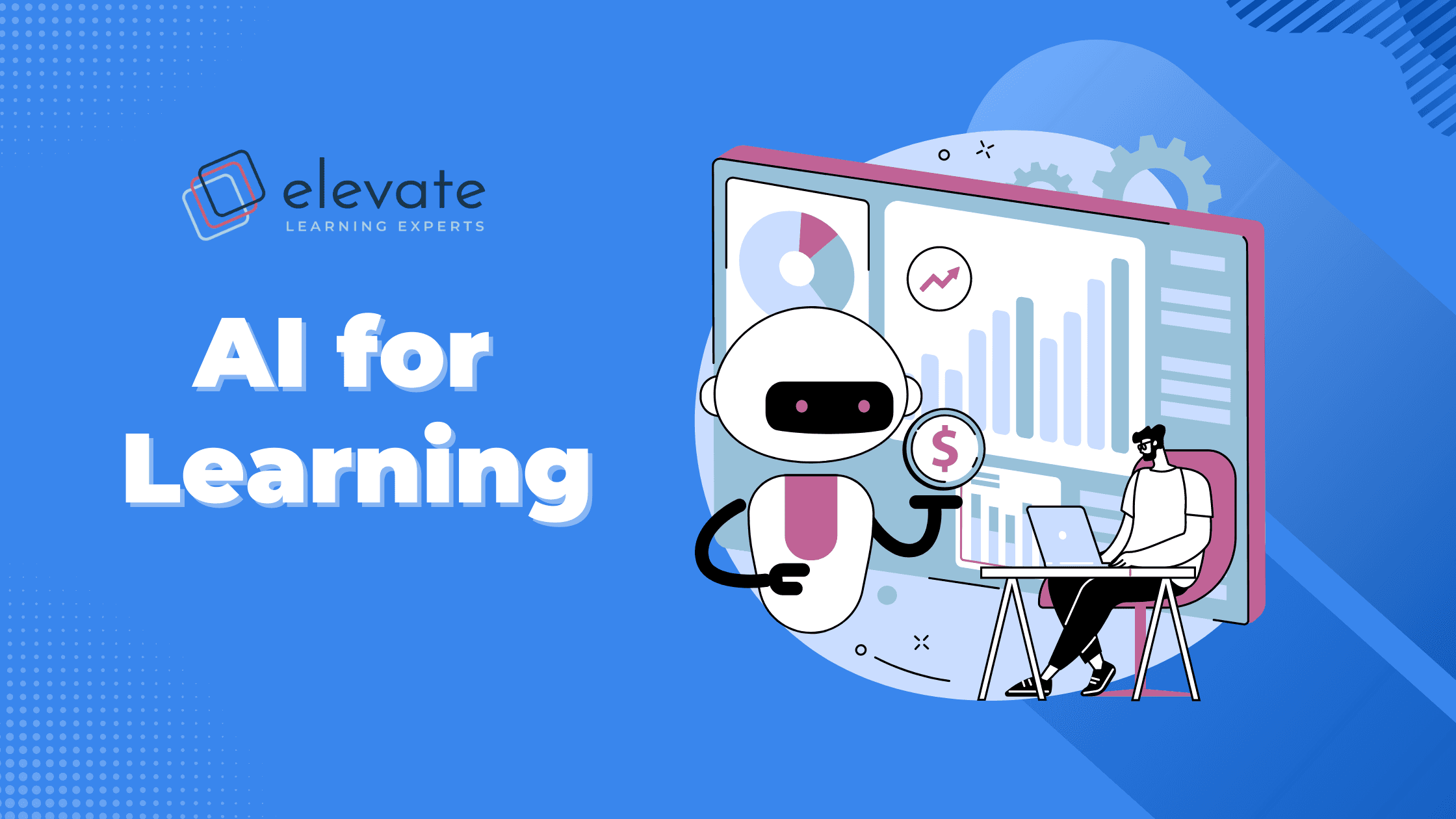Storytelling has been a powerful tool for teaching and learning for centuries, and with the rise of digital learning, it has become an even more valuable tool for educators and trainers. Storytelling can be used to engage learners, convey complex information, and build connections between learners and the course material. Before we even begin to explore the benefits of storytelling in online learning, let’s take a step back to consider the power of storytelling in our lives.

The Impact of Storytelling
The art of storytelling has been around since the beginning of human civilisation. We tell stories to make sense of our experiences, to connect with others, and to learn about ourselves and the world around us. As digital learning continues to gain popularity, it’s easy to get lost in the myriad of educational tools and platforms and trendy buzzwords. However, amidst all the modern technology and interactive programmes, it’s crucial to remember the timeless and simple power of storytelling.
From a young age, we have been captivated by stories that transport us to different worlds, introduce us to new ideas, and teach us important lessons. Whether it’s fairytales, myths, or legends, storytelling has always been part of our culture and a way to connect with others. At Elevate Learning, we believe that storytelling is not only a valuable tool for entertainment but also a powerful tool for education. Through storytelling, we can help learners connect with the content, understand complex concepts, and retain information more effectively.
When we hear a story, our brains light up in a way that’s different from just receiving information. Stories activate multiple areas of the brain, including those associated with memory, emotions, and language comprehension. This multisensory experience makes it easier for learners to engage with the material and remember it long-term.
Moreover, storytelling allows us to create a more personalised learning experience. By relating content to real-life situations, learners can see how the material applies to their own lives, making it more meaningful and relevant. This connection also helps learners feel more invested in the learning process, leading to increased motivation and better outcomes.

The Benefits of Storytelling
First, it is important to understand the role that storytelling plays in learning. When we hear or read a story, we are naturally drawn to the plot and characters, which helps us to understand and remember the information. Additionally, stories can provide context and meaning to the information being presented, making it more relevant and memorable. This is especially important in digital learning, where learners may be more likely to disengage or lose focus.
One of the key benefits of using storytelling in digital learning is its ability to engage learners. Storytelling can be used to create a sense of curiosity and anticipation, which can help to keep learners interested and motivated to continue learning. For example, a video game-based learning module may use a story-driven approach to introduce new concepts and challenges. This not only helps to keep learners engaged but also helps to make the learning experience more enjoyable.

Another benefit of using storytelling in digital learning is its ability to convey complex information in an easily digestible way. Often, learners struggle with understanding abstract or technical concepts, but by presenting the information through a story, it can be made more relatable and understandable. For example, a virtual reality simulation of a historical event can be used to help learners understand the context and significance of the event, making it more engaging and memorable.
Storytelling can also be used to build connections between learners and the material. By creating characters and situations that learners can relate to, they are more likely to identify with the story and the information it is trying to convey. Additionally, by using real-world examples and scenarios, learners can better understand how the information applies to their own lives and experiences.
Using Storytelling Techniques in Digital Learning
There are many different ways that storytelling can be used in digital learning. Some examples include:
- Creating interactive e-learning modules that use a story-driven approach to introduce new concepts and challenges.
- Using virtual reality simulations to immerse learners in historical events or other real-world scenarios.
- Developing video games that use a story-driven approach to teach technical concepts or problem-solving skills.
- Creating animated videos that explain complex contecepts in an easy-to-understand way.
- Using storytelling in gamification, create an engaging and memorable learning experience.
One method of applying storytelling to your digital learning strategy is by centering your designs around the principles of the ‘Hero’s Journey’. The Hero’s Journey is a storytelling framework that has been used for centuries to create compelling narratives. First introduced by mythologist Joseph Campbell, the Hero’s Journey follows a basic pattern of narrative structure that can be found in many stories, from ancient myths to modern films.
The Hero’s Journey begins with the hero being called to an adventure, often in the form of a challenge or problem that they must overcome. The hero then faces a series of obstacles and trials, meeting allies and enemies along the way. Through these experiences, the hero gains new skills and knowledge, ultimately transforming into a more capable and wise version of themselves. Finally, the hero returns home, bringing with them the lessons learned on their journey and using their newfound knowledge to help others.
Incorporating the Hero’s Journey into your learning strategy can create a powerful and engaging experience for learners. By framing the learning experience as a journey, learners can feel like they are the hero of their own story, embarking on an adventure to overcome challenges and gain new knowledge and skills.
To create a Hero’s Journey-inspired learning experience, start by defining the learning objectives as the ‘call to adventure’. Next, create challenges and obstacles that the learner must overcome, such as quizzes or problem-solving activities. Along the way, provide resources and support, such as mentors or peer groups, that can serve as the hero’s allies. Finally, create opportunities for learners to apply their new knowledge and skills in real-world scenarios, allowing them to return home as transformed and empowered individuals.
The graphic below illustrates a visual model of the above description.

Incorporating the Hero’s Journey into your learning strategy can create a powerful and memorable experience for learners. By framing the learning experience as a journey, learners can feel more invested and engaged, leading to better outcomes and a more positive learning experience overall.

Tips for Effective Storytelling in Digital Learning
In order to effectively incorporate storytelling into your digital learning strategy, it’s important to keep a few tips in mind:
- Know your audience: Understanding your learners’ backgrounds, interests, and learning styles can help you create stories that are engaging and relevant to them.
- Keep it simple: While storytelling can be a powerful tool, it’s important not to overwhelm learners with too much information or too many characters. Keep the plot simple and easy to follow.
- Use multimedia: Incorporating images, videos, and interactive elements can help create a more immersive and engaging storytelling experience.*
- Make it relevant: By using real-life examples and scenarios, learners can better understand how the material applies to their own lives and experiences.
- Don’t forget the learning objectives: While storytelling can be entertaining, it’s important to remember that the ultimate goal is to help learners master the material. Be sure that your stories align with your learning objectives and support the overall goals of the course.
*If you would like to learn more about how to create impactful multimedia, then sign-up for our Learning Experience Design Essentials Course here. As a teaser, watch the video below which outlines a few helpful tips to implement to create impactful educational videos.
While storytelling can be a powerful tool in digital learning, it is not the only solution. As with any learning strategy, it is important to consider the specific needs and learning styles of the learners, as well as the goals and objectives of the training or education programme.
In conclusion, storytelling is a powerful tool for teaching and learning in the digital age. It can be used to engage learners, convey complex information, and build connections between learners and the material. Whether you use the Hero’s Journey framework, real-life examples, or memorable characters, storytelling has the power to transform digital learning into a truly engaging and effective experience. By using storytelling in digital learning, educators and trainers can create a more engaging and memorable learning experience for their learners. It is important to use storytelling in conjunction with other teaching methods to achieve the best results.
Resources
- Alexander, B. (2019). “The Power of Storytelling in the Classroom”, International Journal of Teaching and Learning in Higher Education, 31(3), pp. 515-524. Available at: https://files.eric.ed.gov/fulltext/EJ1125504.pdfhttps://files.eric.ed.gov/fulltext/EJ1125504.pdf
- Boris, V. (2017) What makes storytelling so effective for learning?, Harvard Business Publishing. Available at: https://www.harvardbusiness.org/what-makes-storytelling-so-effective-for-learning/ (Accessed: April 6, 2023).
- Breien, F.S. and Wasson, B. (2020) “Narrative categorization in digital game‐based learning: Engagement, Motivation & Learning,” British Journal of Educational Technology, 52(1), pp. 91–111. Available at: https://doi.org/10.1111/bjet.13004.
- Choo, Y.B., Abdullah, T. and Nawi, A.M. (2020) “Digital Storytelling vs. oral storytelling: An analysis of the art of telling stories now and then,” Universal Journal of Educational Research, 8(5A), pp. 46–50. Available at: https://doi.org/10.13189/ujer.2020.081907.
- Ivala, E. et al. (2013) “Enhancing student engagement with their studies: A Digital Storytelling Approach,” Creative Education, 04(10), pp. 82–89. Available at: https://doi.org/10.4236/ce.2013.410a012.
- Moulton, L. (2020) How to make storytelling effective: Cambridge English, World of Better Learning | Cambridge University Press. Available at: https://www.cambridge.org/elt/blog/2020/10/06/how-to-make-storytelling-effective-for-all-learners/ (Accessed: April 6, 2023).

